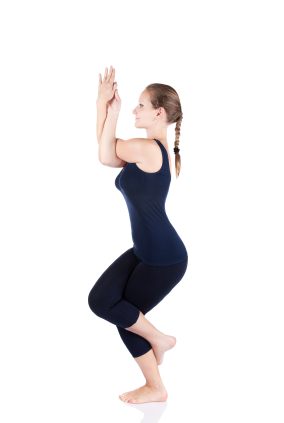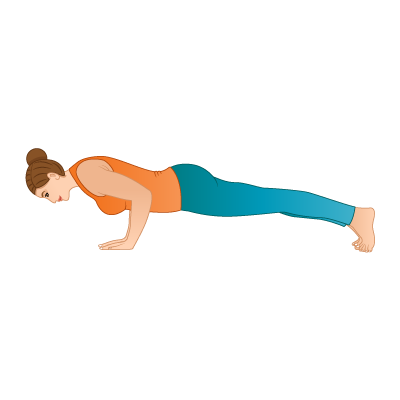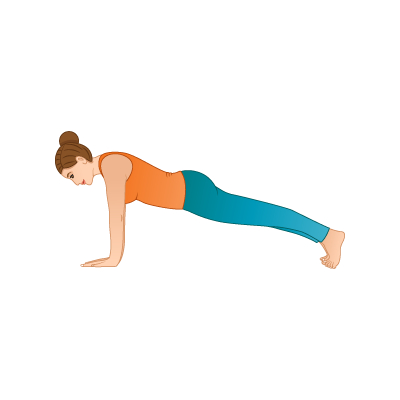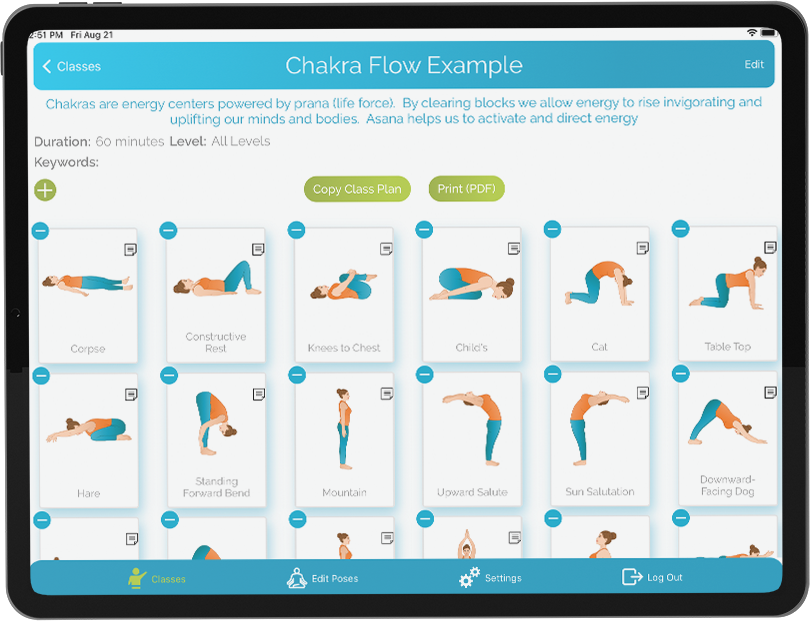5 tips for planning your yoga class around Eagle pose – Garudasana
October 23, 2013 | 5 min read
Why Eagle pose?
Eagle pose (Garudasana) features as one of the 84 original poses (asanas) listed in the Hatha Yoga Pradipika, written 1200-1300 A.D. This is about the same time that Marco Polo was travelling around India, so Garudasana is bursting with stories of yoga’s enchanting history and mythology. The pose is named after Garuda – ` the mythic king of the birds’ whose dazzling spirit helps him to overcome obstacles and discover his true potential. Significantly, this pose works to strengthen the body and improve concentration and awareness.

Share the story of Garuda with your students
When Garuda was born from a huge egg, he exploded into being with the fire of a million suns. The gods were so afraid of Garuda’s all-consuming power and energy that they asked him to reduce his size. So Garuda usually appears, with the body of a man and the beak, claws and wings of an eagle. When Garuda’s mother is kidnapped by serpents, they demand Garuda bring them the nectar of immortality from heaven as ransom. But the nectar is guarded by a ring of fire, a door studded with metal spikes and two deadly snakes. To overcome these obstacles, Garuda puts both mind and body to the task. To reach his full potential, Garuda must dig deep, drawing on his skills and abilities. First Garuda drinks the water of two rivers to put out the fire, then he makes himself into a bird so small and light he can fly through the spikes. Finally he uses his powerful body to defeat the snakes. When he returns with the nectar, a huge battle between the serpents and the gods takes place. The gods win and bring the nectar back to heaven. Garuda is made immortal and his mother is set free.
Use the theme to help students make the mind-body connection
Like Garuda, when we open both mind and body to our full potential we can overcome the obstacles that seem to be in our way. You may want to set a class intention, to unfold the body and open the mind to possibility. Enable your students to feel this experience in the body as stretching and reaching into each pose. Invite them to explore the hidden potential of mind and body as changing shape from cat to cow in Marjaryasana or making the body small in child pose (balasana) and the arms strong in crow/crane (bakasana).
Build up to Eagle with poses that open and strengthen
Prepare your students for the deep stretches that come with Eagle. Explore variations on your usual warm-up poses by intertwining legs in a reclining twist or begin with eagle arms in easy pose. Down dog (adha muhka svanasana) curls help to strengthen back, shoulders and leg muscles or you might move on to hip strengthening poses such as squat (namaskarasana) or low lunge (anjaneyasana). Sun Salutes provide an abundance of opportunities for exploring hidden potential as building heat and energy, feeling the power of Warrior 1 (Virabhadrasana), experiencing the strength of your back in cobra (bhujangasana).
Make the most of the pose
Lead your students into the pose with intent. Though some will require more technical direction, include phrases such as making the form of an eagle, moving into the full pose and finally the realisation of the mind and body in balance. If some students need more challenge, offer variations such as side eagle or extend the top leg behind in a variation of Warrior III. Encourage your students to move with a sense of discovery. Then take them higher with playlist tracks such as Fly like an Eagle by Seal and Let the Sun Shine in by Milk and Honey.
Cool down and closing
The ultimate goal of Hatha and related yoga styles is to create an enlightened body – one which moves in balance and harmony with the mind. In this sense, yoga students may understand Garuda’s immortality to be fulfilment of potential, self-actualisation or the realisation of the true self. Use the time spent in counter poses such as Down dog – Adha Mukha Svanasana or reclining poses to explain or expand on this idea as appropriate.
Looking for more inspiration for your next yoga class? YogaClassPlan sequence builder gives you access to 7000+ shared class plans in your hands. You can create your own completely new class sequences by choosing from 500+ pose illustrations. Simply drag and drop poses to create your routine, add class plan details such as duration and level, and share the class plan with your students. Sign-up for a 15-day YogaClassPlan free trial today.
Written by: Brenda Hamlet RYT 200
Brenda is a yoga teacher and journalist in Oxford, England. More information about Brenda can be found at www.pret-a-yoga.com
Posted in Methodology, Teaching Tips




